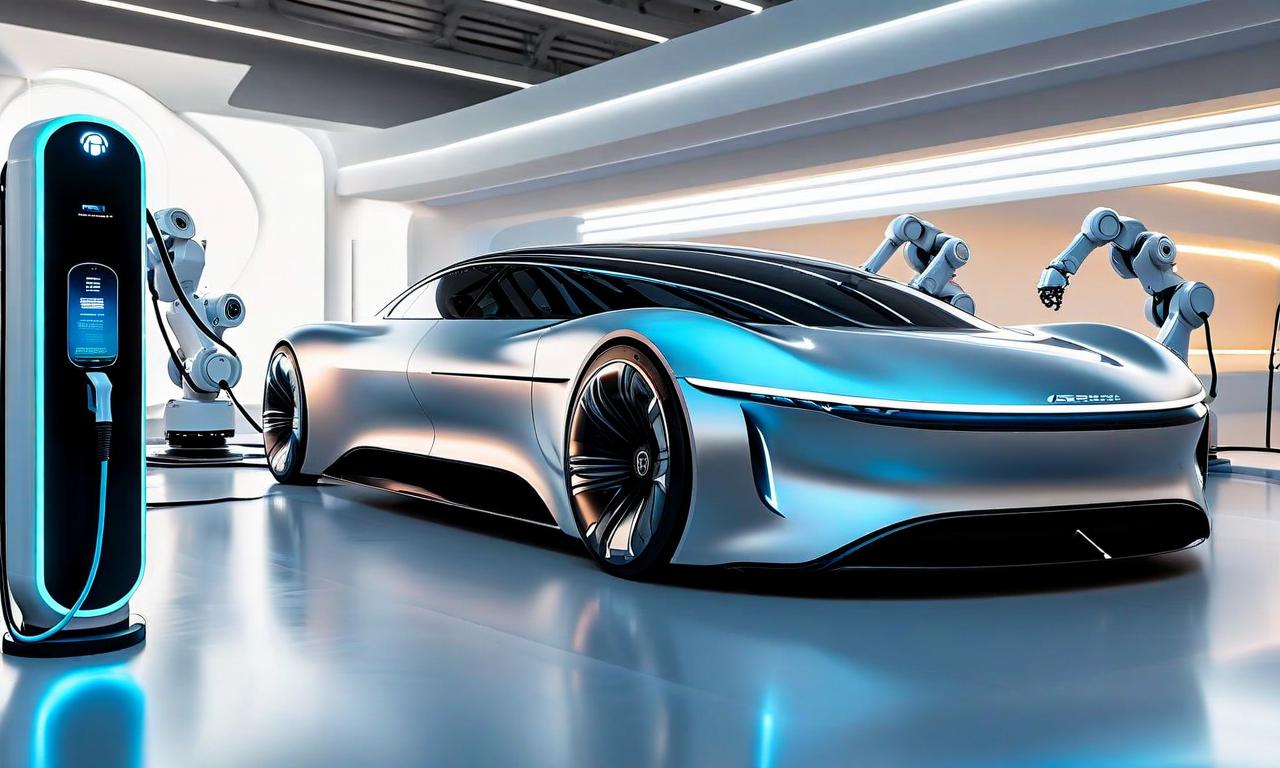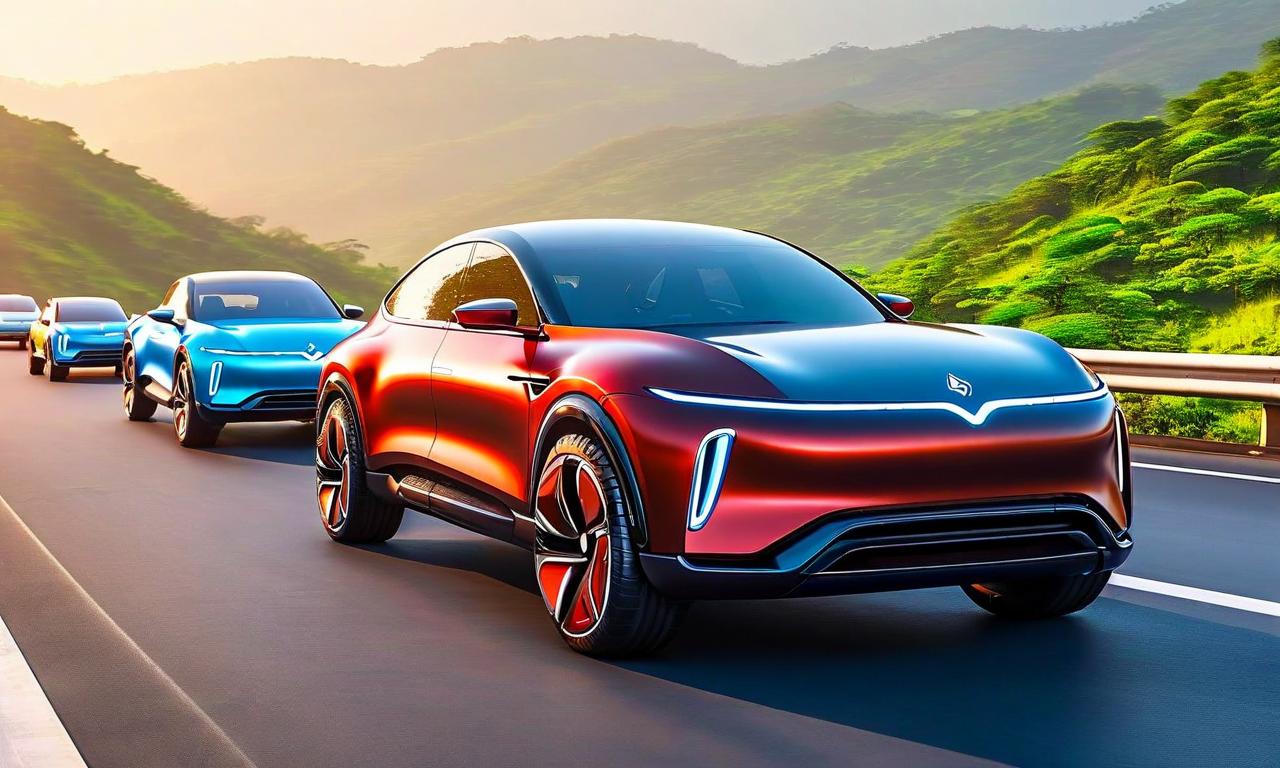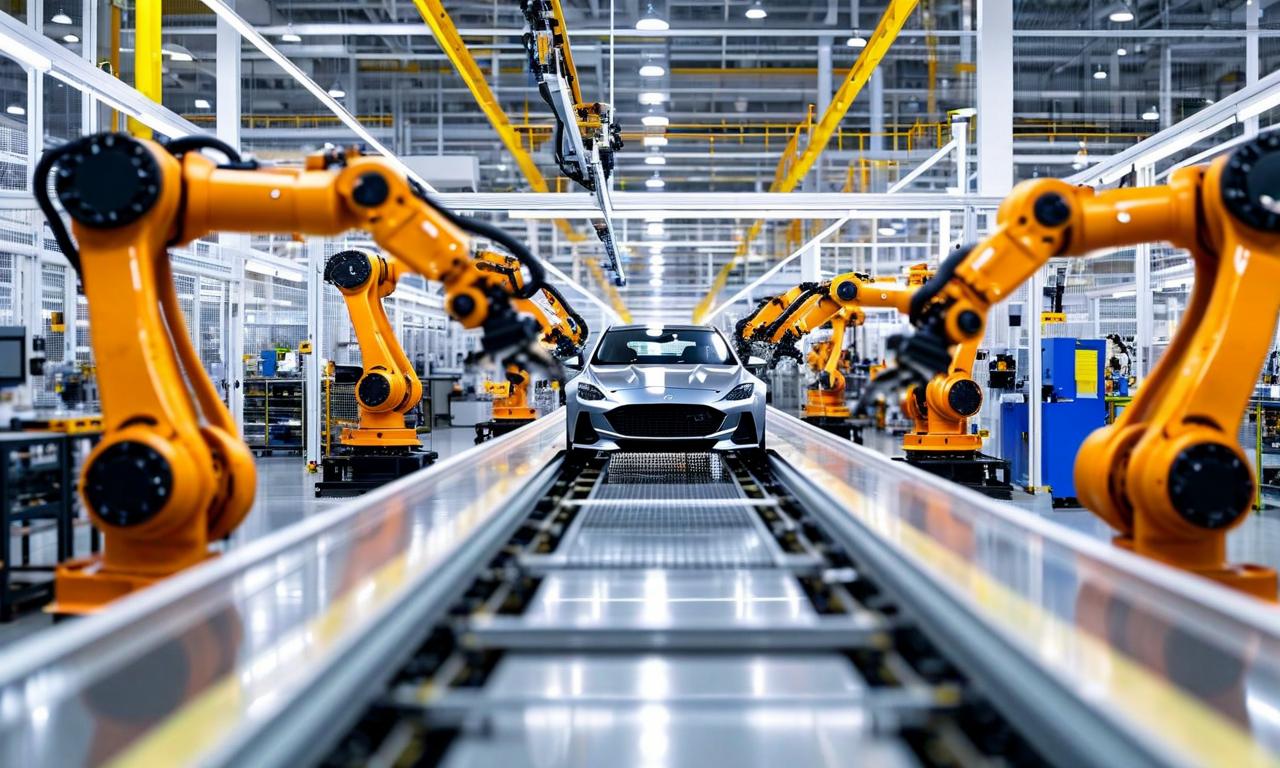Tata Motors Demerger: Tax Implications and Cost Basis Split for Investors
Tata Motors has finalized its corporate restructuring, separating its passenger and commercial vehicle segments. The commercial vehicles segment made its stock exchange debut on November 12, while the passenger vehicles segment has been renamed Tata Motors Passenger Vehicles Ltd. This demerger impacts shareholders' cost basis allocation and has potential tax implications, which vary based on when shares were acquired. Shareholders are advised to consult tax professionals for specific guidance.

*this image is generated using AI for illustrative purposes only.
Tata Motors has completed a significant corporate restructuring, marking a new chapter for one of India's leading automotive companies. The demerger between its passenger and commercial vehicle segments has culminated in the debut of Tata Motors' commercial vehicles segment on the stock exchanges on November 12.
Key Points of the Demerger
- Demerger Completion: The separation of Tata Motors' passenger and commercial vehicle businesses is now complete.
- New Listing: The commercial vehicles segment made its debut on the stock exchanges on November 12.
- Renaming: The passenger vehicles stock has been renamed Tata Motors Passenger Vehicles Ltd.
Impact on Shareholders
The demerger has important implications for existing Tata Motors shareholders, particularly regarding the cost basis of their holdings and potential tax consequences.
Cost Basis Allocation
The original cost of acquisition for existing shareholders will be divided between the two entities resulting from the demerger. This split will be based on a specific ratio:
| Aspect | Details |
|---|---|
| Split Basis | Ratio of net book value of assets transferred |
| Entities Involved | 1. Tata Motors (Commercial Vehicles) 2. Tata Motors Passenger Vehicles Ltd. |
Tax Implications
The tax treatment of these shares will vary depending on when they were acquired:
| Acquisition Date | Tax Implication |
|---|---|
| Before January 31, 2018 | Different tax treatment |
| After January 31, 2018 | Different tax treatment |
It's important to note that the specific tax implications for each category have not been detailed in the provided information. Shareholders are advised to consult with tax professionals to understand the precise impact on their individual situations.
Investor Considerations
This corporate action represents a significant change for Tata Motors and its shareholders. Investors should consider the following:
- Portfolio Adjustment: Shareholders now hold stakes in two separate entities, which may require portfolio rebalancing.
- Performance Tracking: The performance of the commercial and passenger vehicle businesses can now be tracked separately.
- Tax Planning: Understanding the new cost basis and tax implications is crucial for future investment decisions and tax planning.
Investors are encouraged to review their holdings and consult with financial advisors to fully understand the impact of this demerger on their investment strategy and tax obligations.

















































